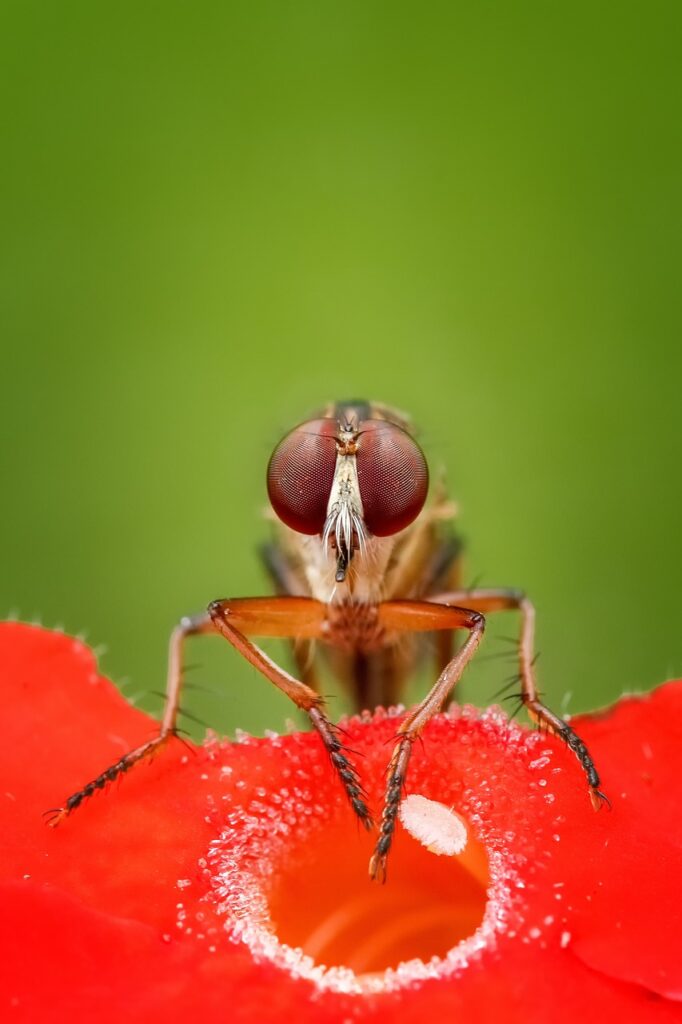
Introduction to Macro Photography
Macro photography is like stepping into a hidden world that we normally overlook. It’s all about capturing close-up images of small subjects, revealing intricate details that can’t be seen with the naked eye. From the veins in a leaf to the iridescent wings of an insect, macro photography turns the ordinary into the extraordinary. So, how can you master this magical form of photography and take your shots to the next level?
Let’s dive into seven essential tricks that will help you create stunning close-up photos and truly elevate your macro photography game.
Essential Equipment for Macro Photography
Macro Lenses: The Heart of Close-Up Photography
A good macro lens is the foundation of any macro photographer’s toolkit. These lenses allow you to focus on subjects at a very short distance, providing that incredible detail and sharpness. Lenses with a 1:1 magnification ratio are perfect for capturing tiny subjects like insects or flowers. When selecting a macro lens, consider your camera brand and budget, but always prioritize image quality.
Tripods and Stability
A stable base is essential for sharp macro shots. Even the slightest camera shake can ruin a close-up image. A sturdy tripod helps you avoid this issue, ensuring stability and precision in your shots. You can also use a remote shutter release or your camera’s timer function to minimize movement when capturing your image.
Lighting Tools: Natural vs. Artificial
Lighting is crucial in macro photography, and it can make or break your shot. Natural light often provides a soft, even illumination that’s perfect for close-ups, but sometimes you’ll need a little extra help. That’s where external flashes, ring lights, or even simple reflectors come into play. Experiment with both natural and artificial light to find what works best for your subject.
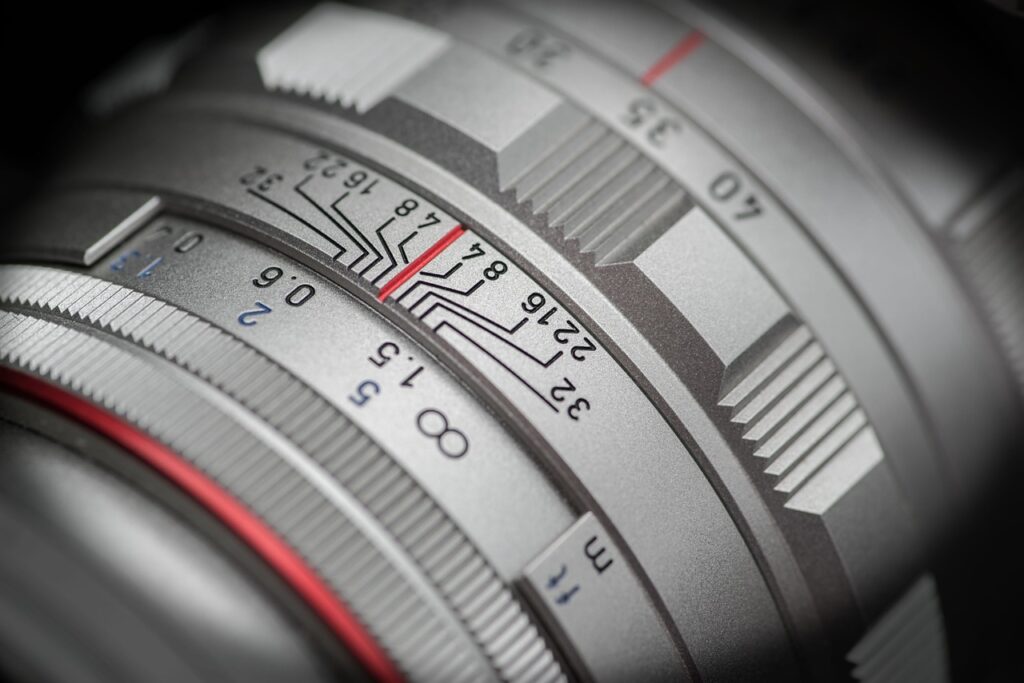
Understanding Focus in Macro Photography
Manual Focus vs. Autofocus
When it comes to macro photography, autofocus can sometimes struggle to lock onto tiny subjects, especially if you’re working with a shallow depth of field. That’s why manual focus is often the go-to for macro photographers. It gives you full control, allowing you to pinpoint exactly where you want your focus to land.
Depth of Field Challenges
In macro photography, your depth of field is often razor-thin. This can make it challenging to keep your subject entirely in focus, but that’s also what makes macro shots so compelling. To control this, use a smaller aperture (higher f-stop) to increase your depth of field. Just remember that this may require more light or a longer exposure time, so plan accordingly.
Focus Stacking for Better Results
Focus stacking is a technique where you take multiple photos of the same subject at different focus points, and then combine them into a single image. This method can help you achieve a greater depth of field without sacrificing sharpness. Many post-processing tools offer focus stacking, making it easier to create highly detailed macro images.
Mastering Composition in Macro Photography
Rule of Thirds in Close-Up Shots
Just like in other forms of photography, composition is key in macro photography. The rule of thirds is a simple way to create a balanced and visually appealing image. By dividing your frame into nine equal sections, you can position your subject along the lines or at their intersections for a more dynamic shot.
Backgrounds and Foregrounds
In macro photography, your subject might take up most of the frame, but the background and foreground still matter. A busy background can distract from your subject, while a clean, simple one can make it stand out. Experiment with different backgrounds, whether it’s the natural environment or something you’ve set up yourself.
Framing Your Subject Effectively
Framing in macro photography is all about drawing attention to your subject while maintaining balance within the shot. Sometimes, placing your subject in the center works best, while other times, an off-center composition adds more interest. Always think about how your subject interacts with the surrounding space.
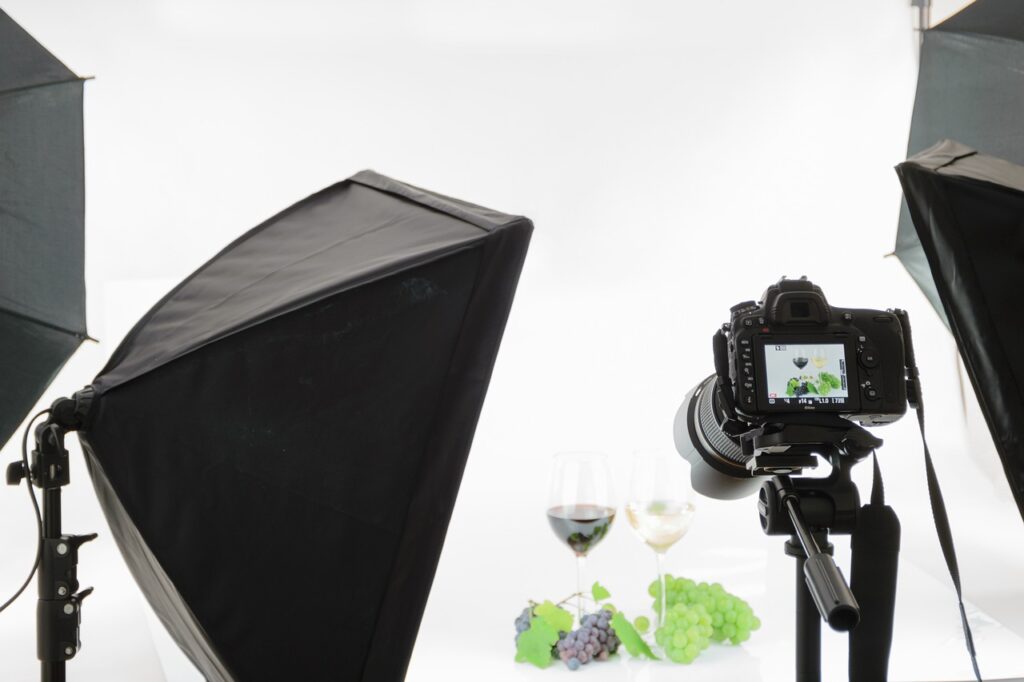
Lighting Tips for Perfect Macro Shots
The Role of Natural Light
Natural light can be your best friend when shooting macros, especially during the golden hour. The soft, diffused light of early morning or late afternoon provides a beautiful, even glow that enhances the details of your subject without harsh shadows.
How to Use Flash Without Overexposing
Using flash in macro photography requires careful control to avoid overexposing your subject. Try diffusing the light with a softbox or bounce it off a nearby surface to create a more natural look. Some photographers use ring flashes for even lighting, but always test your setup to avoid harsh highlights.
Reflectors and Diffusers for Soft Light
Reflectors and diffusers are simple tools that can drastically improve your lighting. A diffuser softens the light hitting your subject, while a reflector can bounce light into shadowy areas. These tools are inexpensive and easy to carry, making them a great addition to your macro photography kit.
Choosing the Right Subjects for Macro Photography
The Beauty of Insects
Insects are among the most popular subjects for macro photography, and for good reason. Their small size and intricate details make them fascinating to capture. From the delicate wings of a butterfly to the tiny hairs on a bee’s legs, insects provide endless opportunities for close-up shots.
Floral Details That Captivate
Flowers are another favorite subject in macro photography. The delicate petals, vibrant colors, and subtle textures make flowers perfect for capturing stunning close-up images. Whether you’re photographing a single bloom or a field of wildflowers, the possibilities are endless.
Texture Photography: Rocks, Leaves, and More
Macro photography isn’t limited to living subjects. The textures of inanimate objects like rocks, leaves, or even man-made materials can make for captivating photos. Look for patterns, lines, and shapes that will add visual interest to your shots.

Post-Processing in Macro Photography
Enhancing Colors and Contrast
Post-processing can take your macro images to the next level. Enhancing colors and contrast can help bring out the details in your subject, making them pop against the background. Be careful not to overdo it, though; the goal is to enhance the natural beauty of your shot, not to make it look unnatural.
Noise Reduction in Close-Up Shots
Noise can be a real issue in macro photography, especially if you’re shooting in low light. Most photo editing software includes noise reduction tools, which can help you smooth out grainy areas and produce a cleaner image.
Cropping and Resizing for Better Framing
Sometimes, the best way to improve a macro shot is through cropping. Tightening your composition can help eliminate distractions and focus the viewer’s attention on the most important part of the image. Just be mindful of your image resolution, especially if you plan to print your photos.
Patience and Practice: Keys to Mastery
The Art of Waiting for the Right Moment
Macro photography requires patience. Whether you’re waiting for an insect to land in the perfect spot or trying to capture the exact moment a flower blooms, timing is everything. Don’t rush the process—sometimes, waiting for the right moment is the key to getting the perfect shot.
Learning Through Trial and Error
Every macro photographer, no matter how experienced, learns through trial and error. Don’t be afraid to experiment with different settings, lighting conditions, or compositions. Every shot you take is a learning opportunity.
How to Improve with Every Shot
The more you practice, the better your macro photography will become. Take time to review your photos and analyze what worked and what didn’t. With each shot, you’ll gain a deeper understanding of your equipment and the art of macro photography.
Conclusion
Macro photography opens up a whole new world of possibilities, allowing you to capture the tiny details that often go unnoticed. By mastering your equipment, focusing on composition, and experimenting with lighting, you can take your macro shots to the next level. Remember, patience and practice are the keys to success in this rewarding form of photography.
Frequently Asked Questions
What is the best lens for macro photography?
A lens with a 1:1 magnification ratio is ideal for macro photography, as it allows you to capture your subject in full detail. Many brands offer high-quality macro lenses, so choose one that fits your budget and camera system.
How do I avoid blurry macro photos?
Using a tripod, enabling manual focus, and ensuring proper lighting can help reduce blur. You can also use a remote shutter release to avoid camera shake.
Is natural light better for macro photography?
Natural light often provides a soft, even glow that works well for macro photography, especially during the golden hour. However, artificial light sources like flashes or ring lights can also be effective.
What subjects are best for beginners in macro photography?
Flowers, insects, and textured objects like leaves or stones are great subjects for beginners. They provide interesting details and are easily accessible.
Do I need special software for post-processing macro shots?
While not required, photo editing software can enhance your macro shots by adjusting colors, contrast, and sharpness. Popular options include Adobe Lightroom, Photoshop, and free alternatives like GIMP.


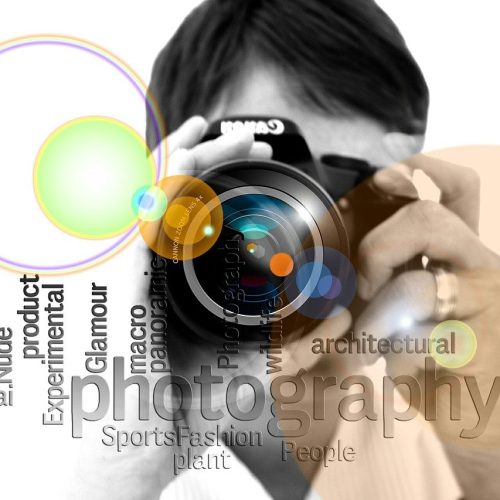

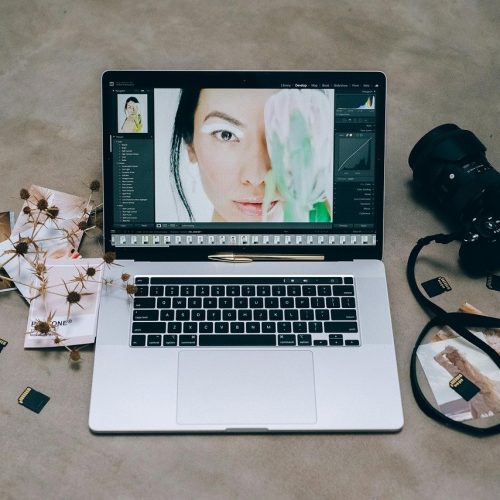
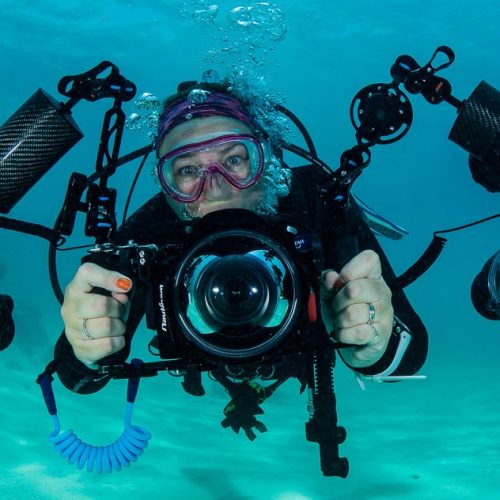
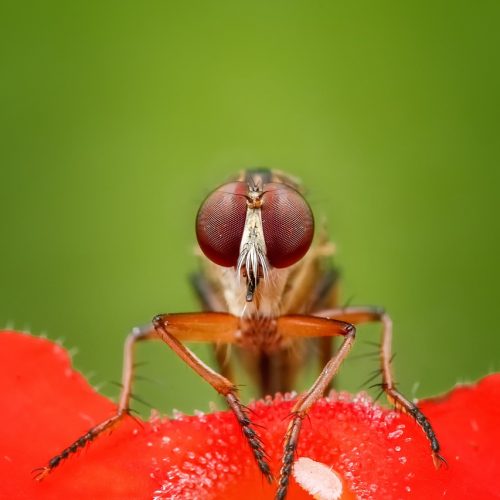
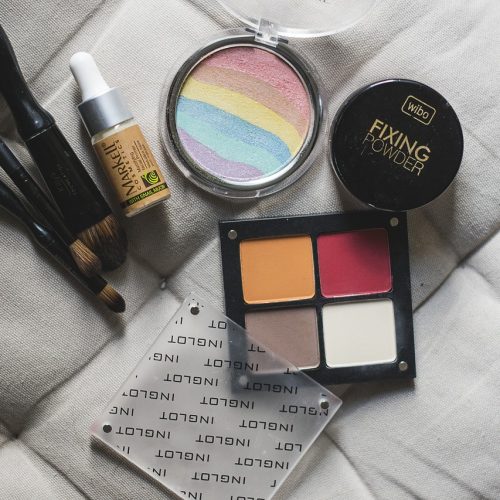

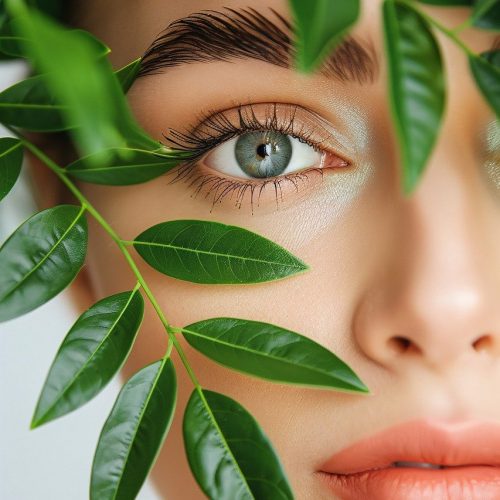
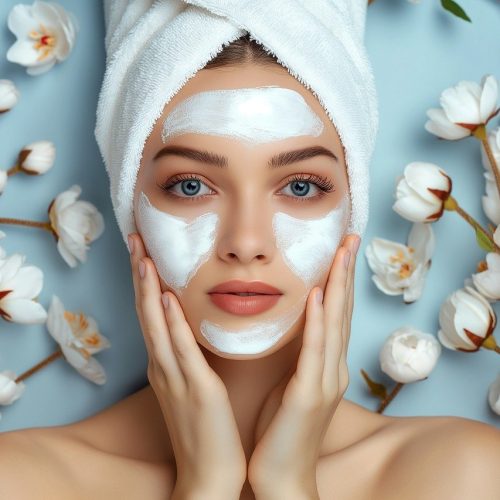
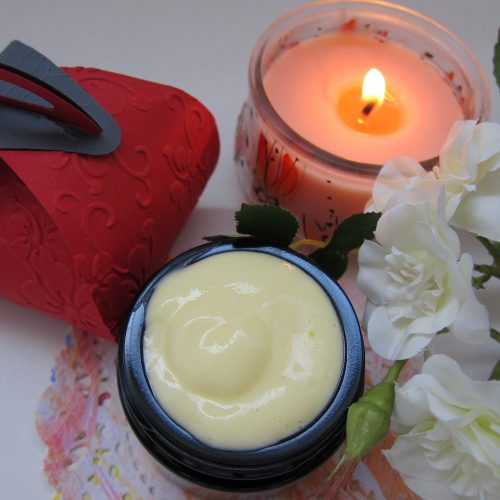

1 Comment
[…] stunning scenes, you need the right tools. So, what makes an underwater camera different from a regular camera? Let’s dive […]